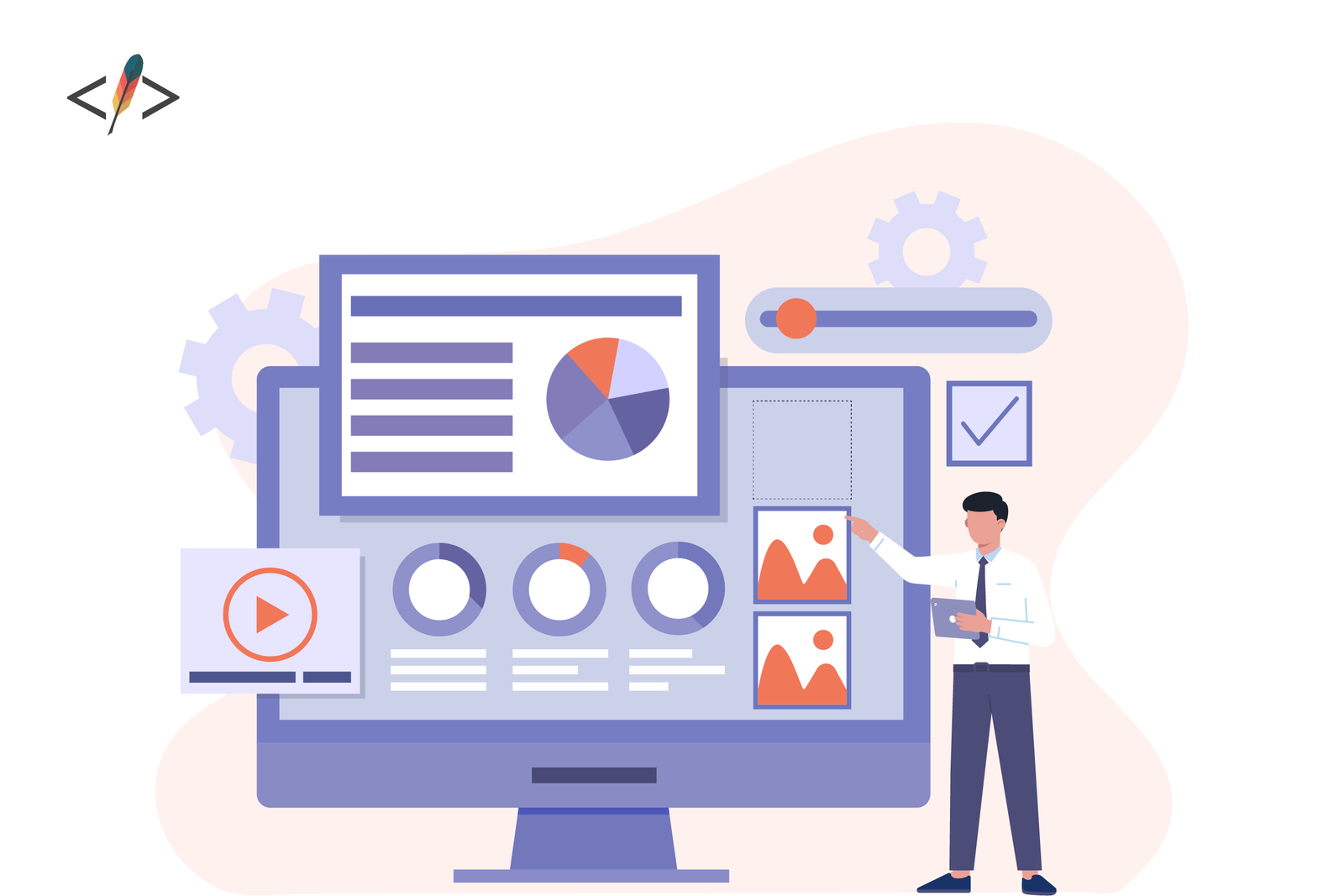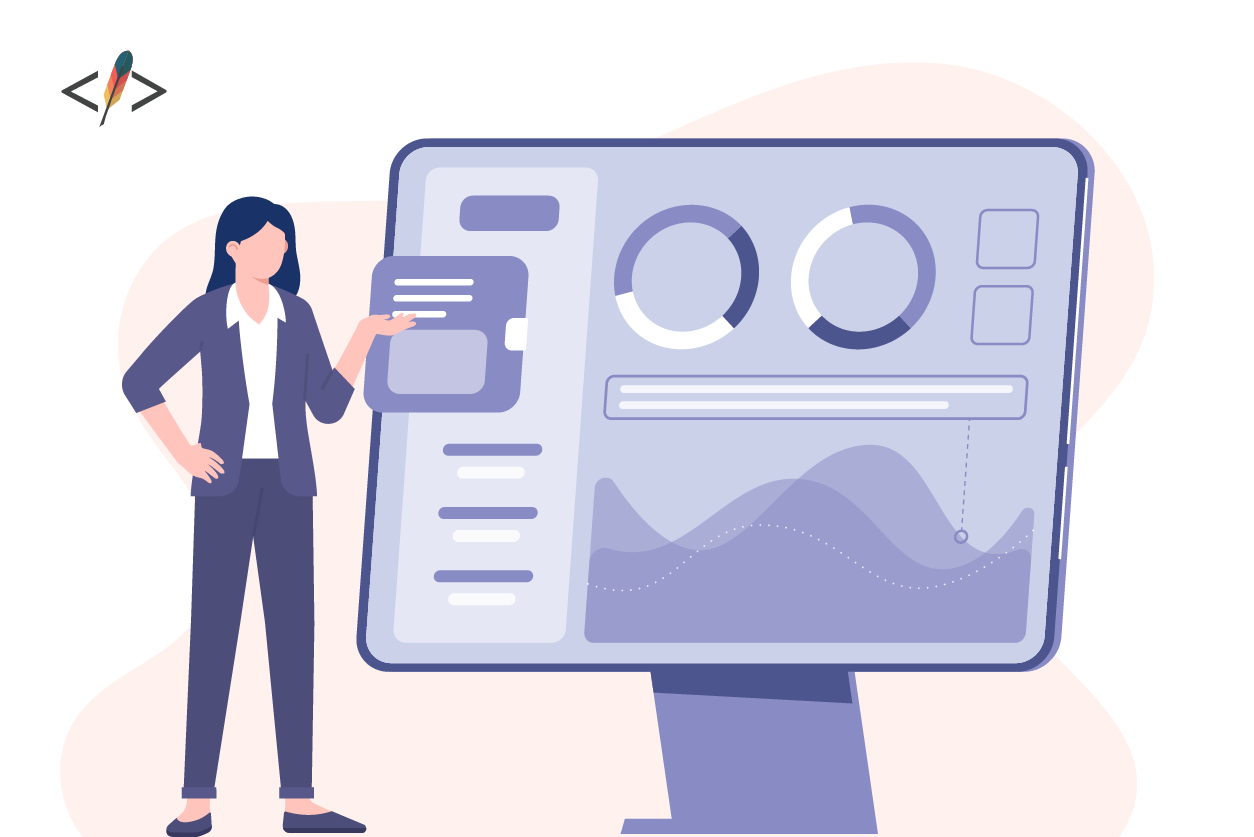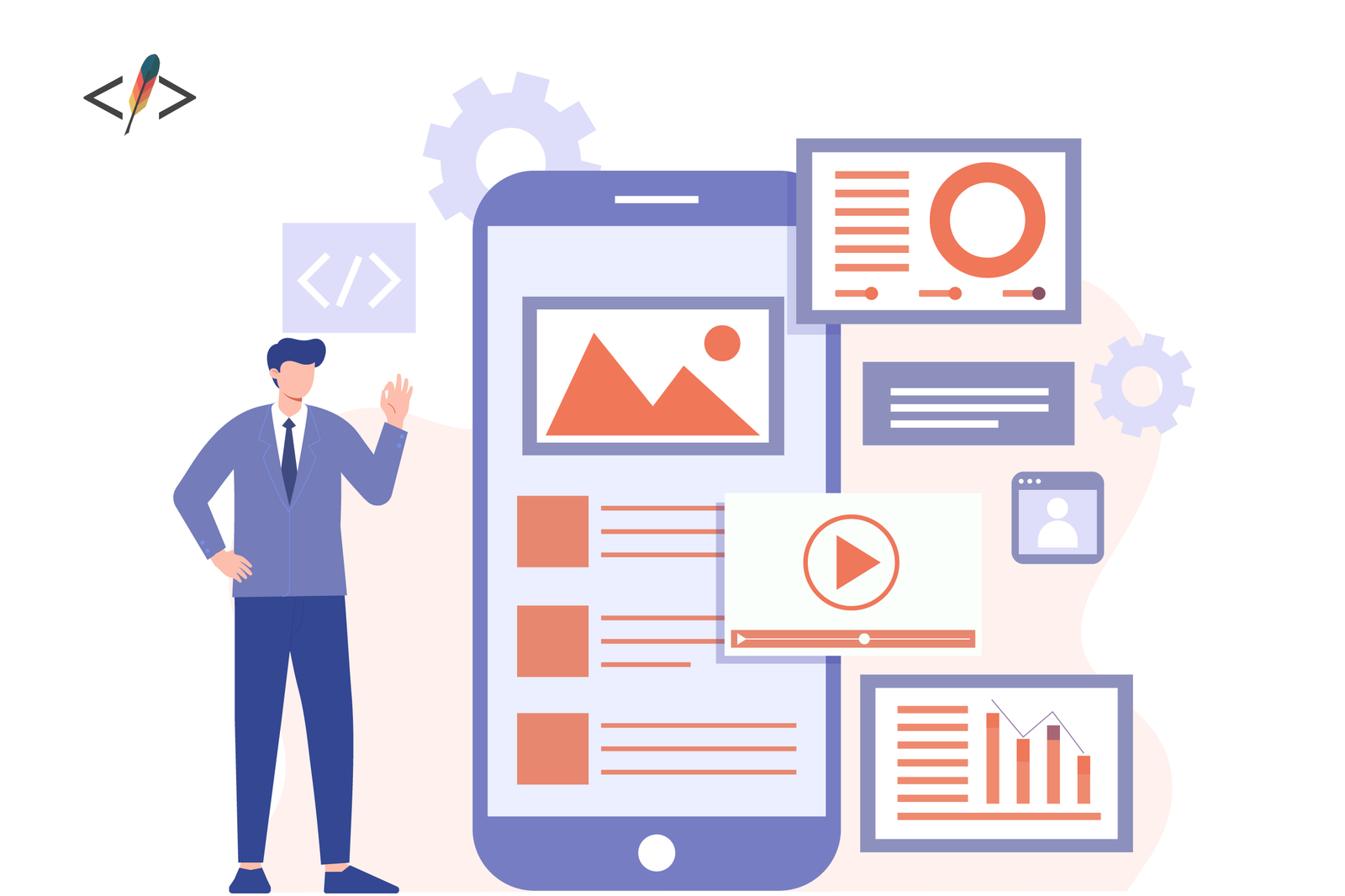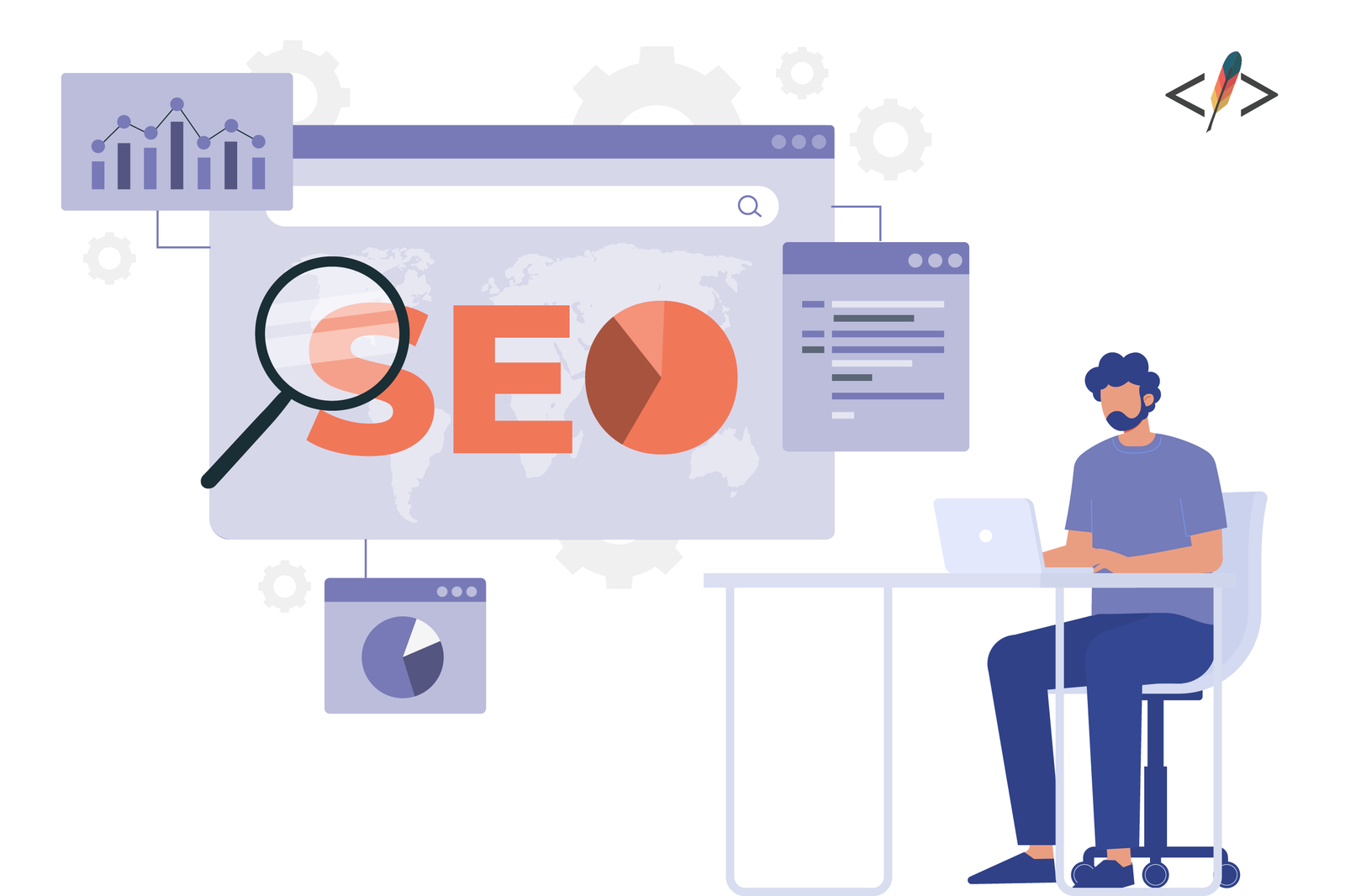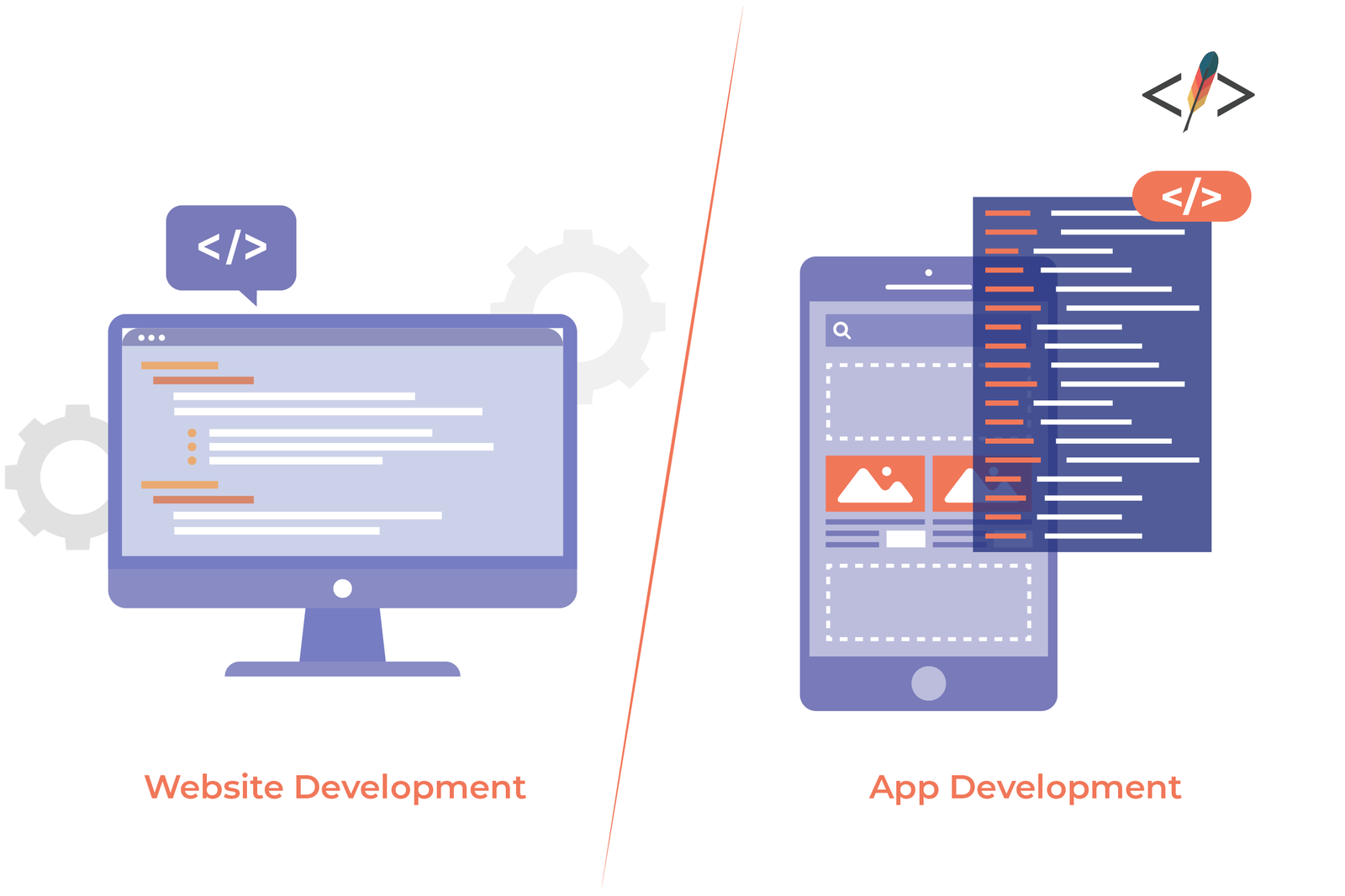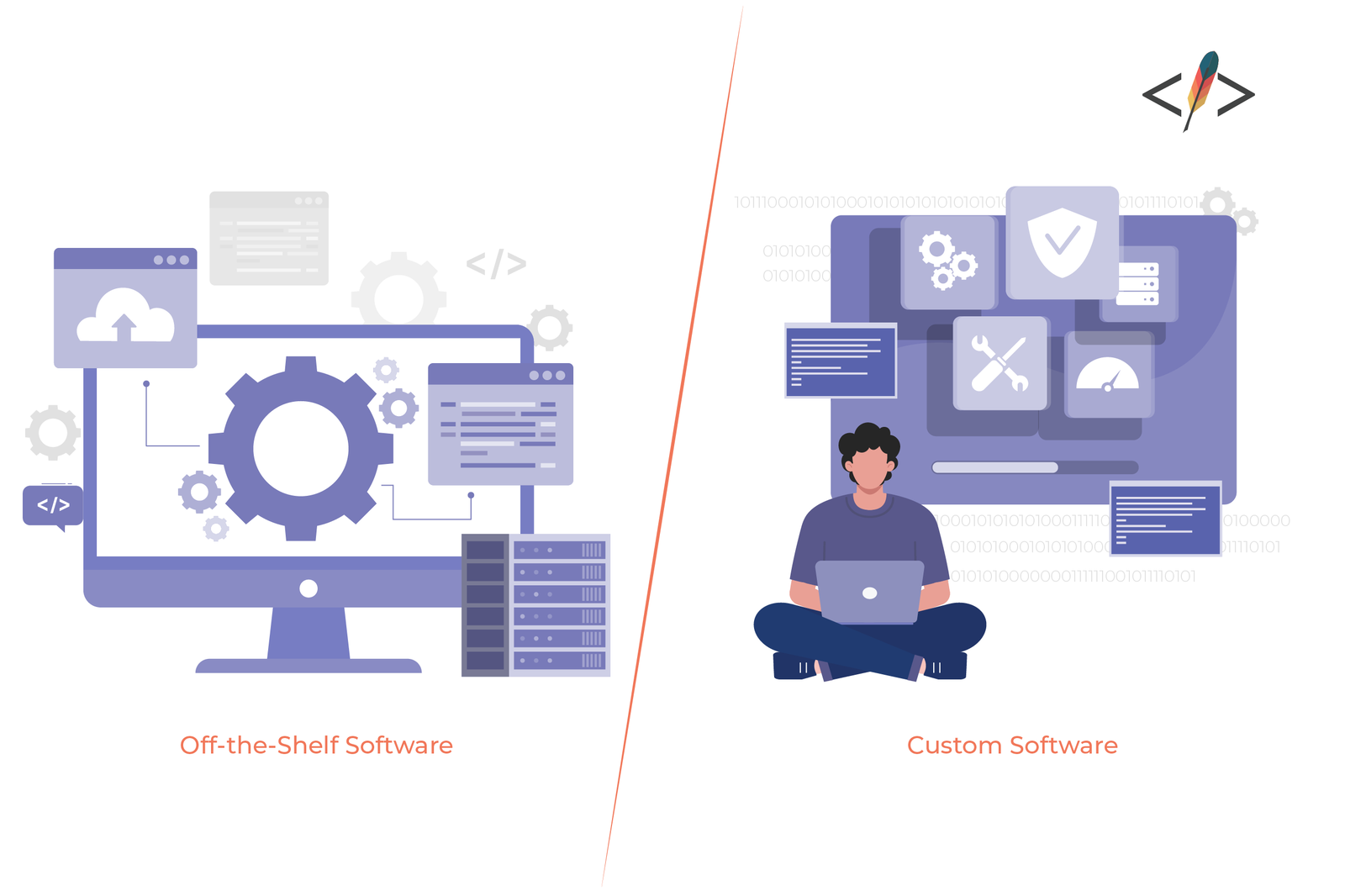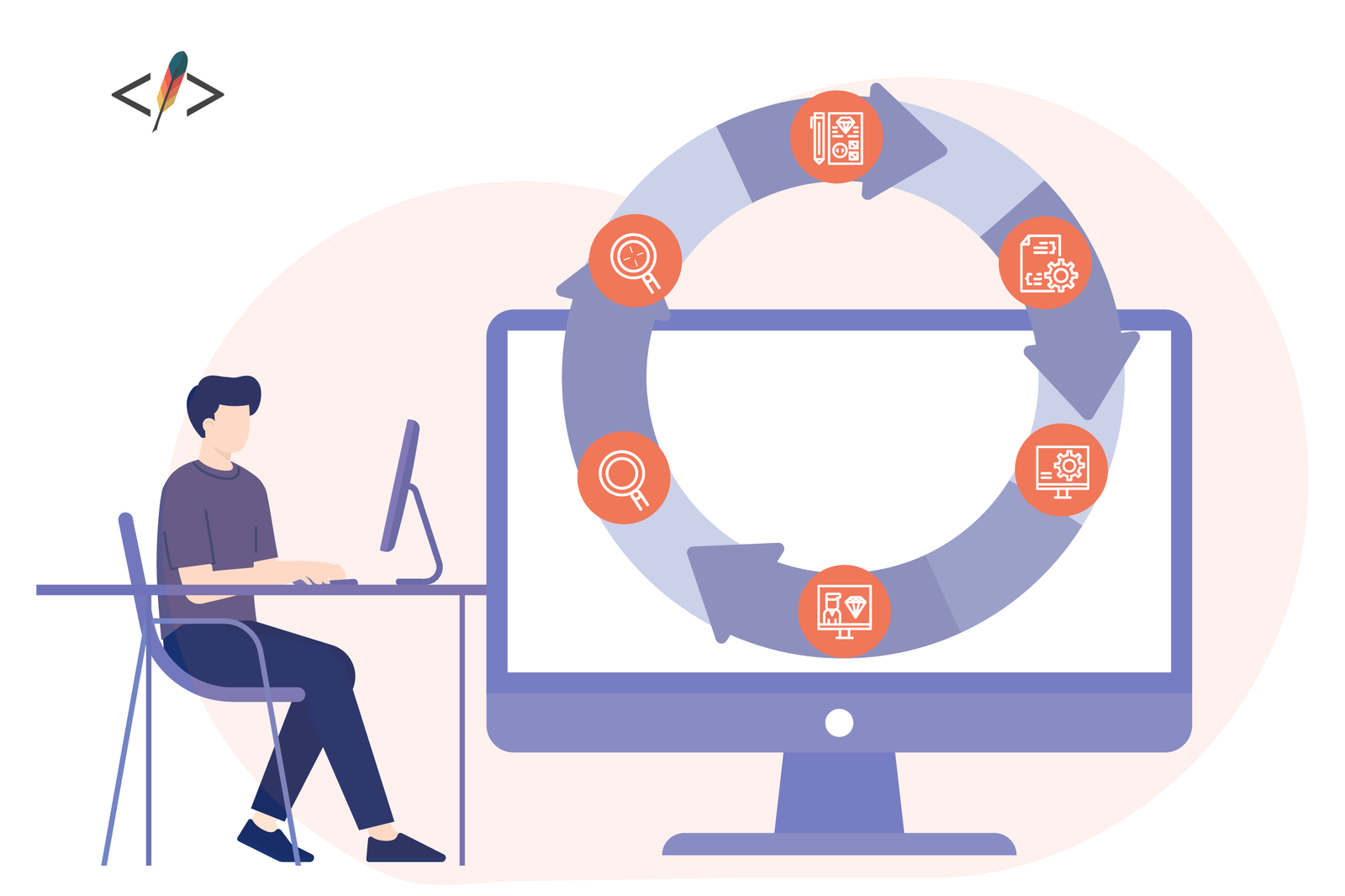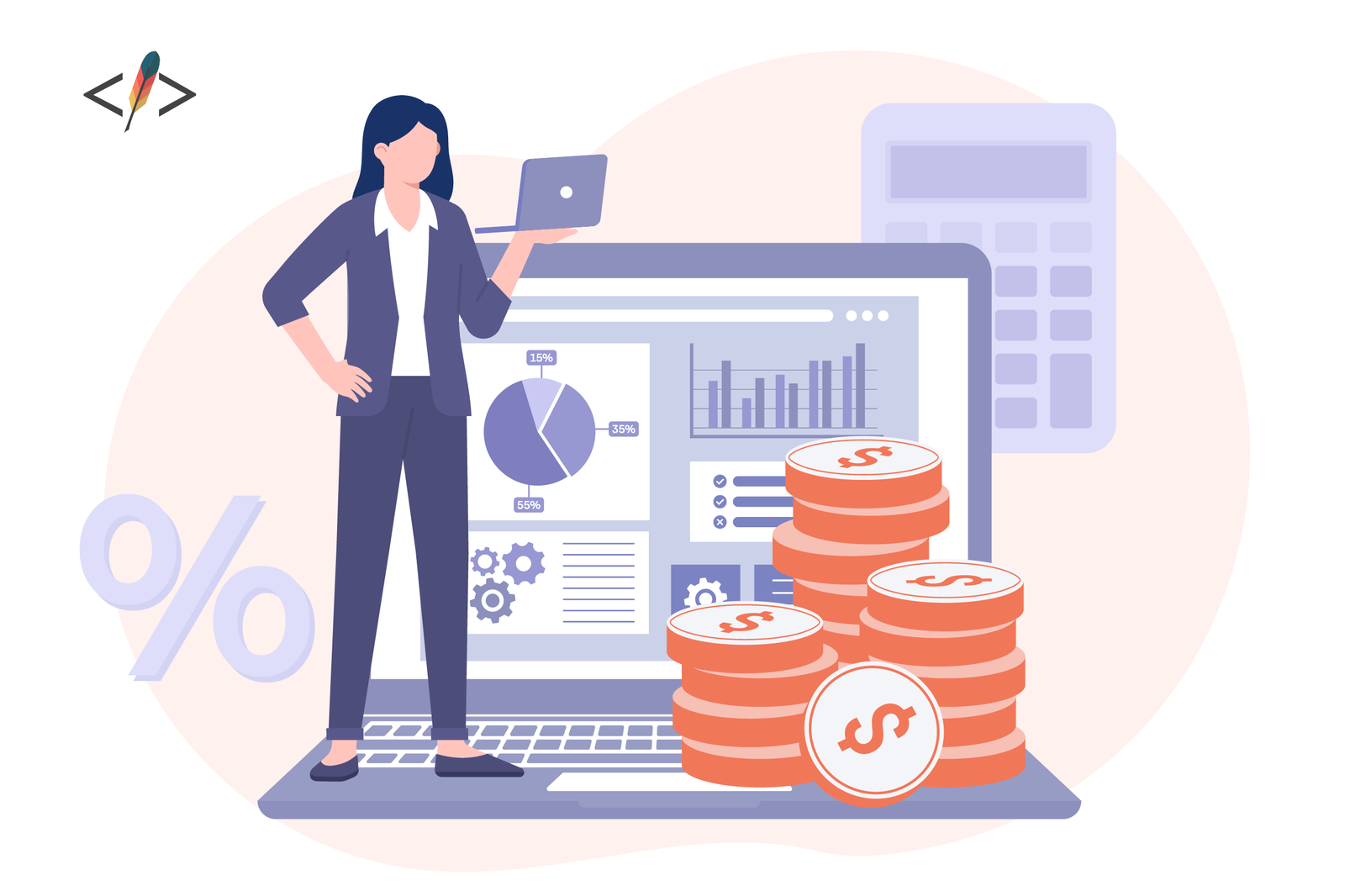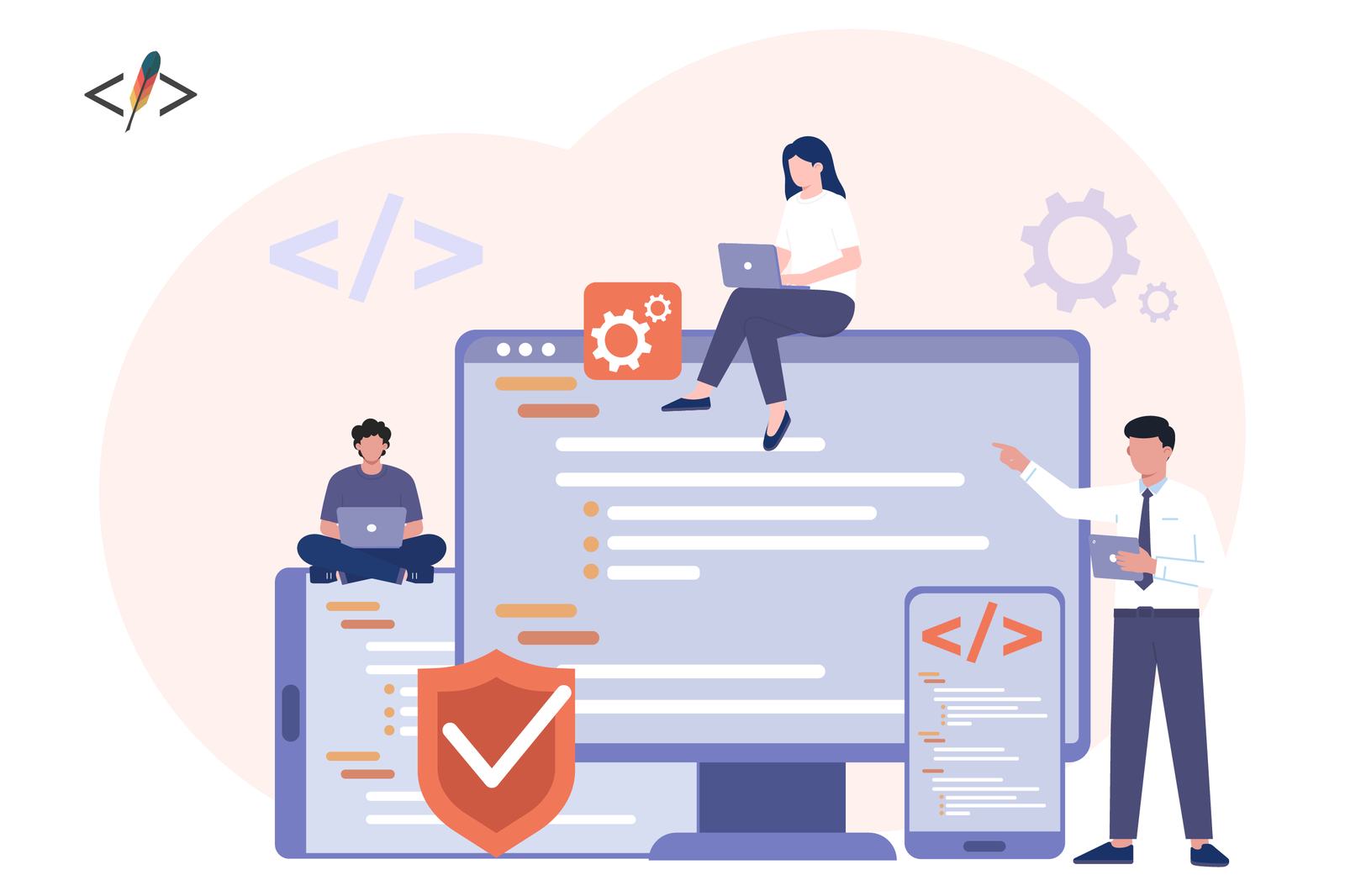
18 UX/UI Principles to Increase Your Conversion Rate (UX/UI Trends 2024)
Conversions are crucial for business websites, and UX/UI plays a key role in driving them. UX refers to the overall user experience, while UI focuses on the visual design elements. Effective UX/UI can improve conversion rates by creating seamless, user-centric designs that guide visitors toward completing actions like purchases or form submissions. Key principles include understanding the customer journey, maintaining consistency, prioritizing accessibility, and designing for mobile responsiveness. By optimizing UX/UI, businesses can increase customer satisfaction, retention, and ultimately, sales.
11 UX Metrics to Track—Why KPIs are Important for UX/UI
UX and UI design work together to create effective digital experiences, with UX focusing on functionality and user satisfaction, while UI ensures the visual appeal and ease of navigation. UX metrics like time on task and conversion rate help businesses improve usability, identify areas for enhancement, and drive better user experiences, which ultimately boosts customer retention and ROI. Together, UX and UI design lead to more seamless interactions, helping businesses achieve better performance and profitability.
UX vs. UI—A Comparison Between User Interface and User Experience
The article compares UX (User Experience) and UI (User Interface) design, highlighting their differences and how they work together to create effective websites. UX focuses on usability, structure, and the overall customer journey, while UI centers on the visual aesthetics like colors, fonts, and layout. Both are crucial: UX ensures a smooth, enjoyable experience, while UI attracts users visually. A successful website needs both to drive engagement, increase conversions, and foster brand loyalty. The article stresses that a strong balance of UX and UI is key to online success.
Why User Experience Matters—How UX/UI Affects SEO for Small Businesses
In 2024, standing out online requires meticulous attention to user experience (UX) and user interface (UI) design, which significantly impact SEO. UX refers to the overall feeling users have when interacting with a site, while UI focuses on the visual elements. Both are crucial for small businesses as they improve session durations, conversion rates, productivity, customer retention, and ad ROI. Strong UX/UI design not only enhances user satisfaction but also boosts SEO by improving site speed, responsiveness, mobile-friendliness, navigation, and visual stability, ultimately leading to higher search engine rankings.
Which is Better: Website Development vs. App Development for a Small Business
Small businesses are increasingly seeking tech solutions, with common searches like "website development near me" and "app development cost" rising. Deciding between website and app development is crucial. Both serve to enhance brand awareness, engagement, and operations, but each has distinct advantages and drawbacks. Websites are cost-effective, SEO-friendly, and widely accessible, while mobile apps offer enhanced user experience, immersive features, and offline access. Codepoet helps businesses navigate these choices to ensure scalability and success.
How to Choose Between Custom Software vs. Off-the-Shelf Software for Small Businesses
As technology advances, businesses must choose between bespoke solutions and off-the-shelf software, impacting growth and longevity. Custom software offers six benefits: adaptability, cost-effectiveness, efficiency, data-driven decision-making, improved customer experience, and heightened security. This article examines popular off-the-shelf software pros and cons compared to custom solutions. Off-the-shelf software is ready-made but less tailored, while custom software, though initially costlier and time-consuming, offers scalability, flexibility, and better integration with specific business needs.
Codepoet's Software Development Life Cycle—Scrum, Agile, and SDLC Best Practices
In today's business world, streamlined processes are vital for success. Properly vetting software development partners to ensure adherence to the Software Development Life Cycle (SDLC) is crucial. SDLC ensures high-quality, budget-friendly software through systematic steps: Diagnose, Define, Design, Develop, Test, and Deploy. Benefits include clear objectives, improved quality, cost reduction, and bug mitigation. Codepoet uses Agile SDLC for rapid, adaptable, and efficient project completion, delivering exceptional results for clients.
What Impacts the Cost of Custom Software Development & How Can You Best Allocate Your Budget?
AI enables businesses to scale custom software development, which requires careful budgeting. Key cost factors include project scope, software complexity, development team size and expertise, technology stack, and development tools. Additional factors are integration with existing systems, data security, regulatory compliance, and ongoing maintenance. Efficiently managing the development timeline and using agile practices help balance time and cost. Proper budget allocation across all development phases ensures a cost-effective and scalable software development process.
6 Reasons Why Small Businesses Need Custom Software Development
In today's digital landscape, small businesses need custom software to stay competitive. Custom software development, tailored to specific business needs, offers key benefits: adaptability, cost-effectiveness, enhanced efficiency, data-driven decisions, improved customer experience, and robust security. By investing in custom solutions, businesses achieve superior operational efficiency, security, and customer satisfaction. Codepoet specializes in creating customized software to help businesses thrive.
Top 20 Companies Using AI to Scale Their Business
AI enhances business scalability by driving growth across sectors. Scaling involves increasing operations and revenue without proportional cost rises. AI aids this through automation, customer service, marketing, operations, product development, sales, decision-making, and fraud detection. Top companies like Amazon, Netflix, and Microsoft use AI to optimize their processes and achieve growth.
